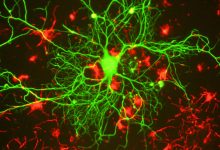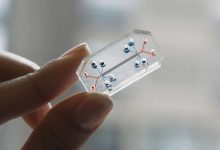
A new Study led by Jean-Laurent Casanova from Rockefeller University has found the mutation in a single gene which leads to many wrong cases of encephalitis of the brain stem. For children who are healthy formerly develop brain infection rarely but it was also reported that out of 1000 people which were exposed to viral infections like influenza virus or herpes complex, one person will develop encephalitis which is one of the potentially deadly diseases.
Encephalitis is an uncommon life-threatening disease causing inflammation of the brain. In the majority of cases, are causing it is due to viral infection or the brain tissue are attacked by the immune system misguidedly.
The mutation in single gene leads to encephalitis of the brain stem, the part of the brain that controls many basic functions including heart rate and breathing.
For their research, Shen-Ying Zhang, assistant professor of clinical investigation in the Casanova lab, investigated the seven children from unrelated families who had been exposed to a common virus (herpes simplex virus 1, influenza virus, or norovirus) and developed a life-threatening or lethal infection of the brain stem.
During their research, they found that the gene in which mutation is taking place is DBR1. The function of protein produced from DBR1 gene is to splice off the loop formed in RNA during RNA splicing and loss of its function makes the brain stem prone to viruses due to loss of immunity. This experiment points to an almost complete loss of DBR1 as the culprit, enabling brain stem virus invasion in all seven patients.
According to the author “We show that DBR1 expression is ubiquitous but strongest in the spinal cord and brainstem. We also show that all DBR1 mutant alleles are severely hypomorphic, in terms of expression and function. The fibroblasts of DBR1-mutated patients contain higher RNA lariat levels than control cells, this difference becoming even more marked during HSV1 infection. Finally, we show that the patients’ fibroblasts are highly susceptible to HSV1. RNA lariat accumulation and viral susceptibility are rescued by wild-type DBR1. Autosomal recessive, partial DBR1 deficiency underlies viral infection of the brainstem in humans through the disruption of tissue-specific and cell-intrinsic immunity to viruses.”
The findings also reveal an unexpected connection between an RNA processing mechanism and protective immunity in a specific region of the brain.






